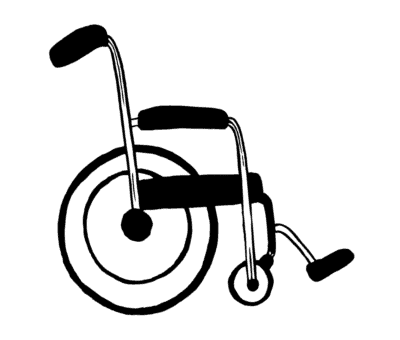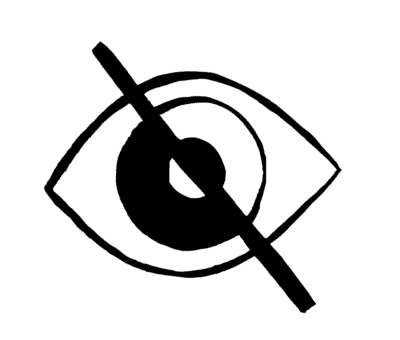Is your website compliant with the new accessibility standards?
With many public sector websites still failing to meet the new accessibility standards, time is running out.
With many public sector websites still failing to meet the new accessibility standards, time is running out.
By the end of this year, new regulations will be introduced in order to ensure online public services are easily accessible to all users.
Any public sector websites published before the 23rd September 2018 must comply by 23 September 2020. This means that a huge number of websites that have been live since as far back as the start of the millennium will soon need to make the necessary changes to meet the required standards.
Mobile applications have a slightly longer deadline which extends to the 23rd June 2021. As apps are typically more difficult to optimise, this extra period of time allows companies more time for preparation.
According to government statistics, there are over 13.9 million people living in the UK with a long term illness, impairment or disability. That makes up nearly one-fifth of the population, which explains why steps are finally being taken to make public sector platforms easier to use for people of all abilities.
Accessible websites will greatly benefit those afflicted with the following conditions:
When it comes to public sector information that is published online, it should be easily accessible to all users. Many people with disabilities or impairments have no choice but to use these websites, and their experience should not be a difficult one.
The layout and design should be clear and user-friendly so that the content on the page can be absorbed by someone with, for example, impaired vision. Websites should also be easy to navigate so that users with motor-coordination or learning difficulties don’t become lost or confused.
If websites require special adaptation to become legible, then this could be problematic for disabled users who need to access the information on a public sector webpage. In this scenario, the website would need to be able to support additional software such as screen magnifiers, braille displays or on-screen keyboards.
In order to meet the accessibility requirements, companies will need to produce an official accessibility statement to be shared on their websites. Their statement should make it clear that their public sector websites or mobile apps have been changed to be more ‘perceivable, operable, understandable and robust’.
You can find out the exact requirements stated in the WCAG 2.1 guidelines. If you are confident that your website is sufficiently accessible then you can publish a statement explaining the efforts you have taken to make your platform easily accessible for all users. It is important to follow the guidelines because there may be accessibility issues you aren’t aware of. For many people when they think about accessibility, they consider the physical aspect. This is why the guidelines are needed and you should be as thorough as you can.



All UK public bodies must meet the requirements, or at least make reasonable changes which are listed in their accessibility statements. Failure to do so could result in legal repercussions, however, this is not always the case.
Certain service providers such as charities may be exempt, as long as they aren’t funded by the public or provide essential services to the public or the disabled.
Nurseries, primary schools and secondary schools are partially exempt, with the exception of materials that are essential for the use of services, such as forms or important documents.
If you’re not certain whether the new accessibility rules apply to you, or you want to find out if you may be partially exempt, check with your legal adviser.
If you don’t have a legal adviser or expert to ask, and you cannot afford a professional audit of your platforms, then you can read online sources on how to undertake a basic accessibility test yourself.
It is worth noting that while you may not necessarily be in the group of those who have to make changes in order to make your website, there is still the point of what you should do. If you are still a key source of information for a large proportion of the public, or you offer a service that many people could not find an alternative to, then you are leaving people with very little choice but to use you. And again, if you still don’t fall in this category, do you really want to be excluding people?
There are many tools online that the GDS (government digital service) has provided, which can help you better understand what is required for the September deadline. There are resources that can help you to put together a clear accessibility statement and further details on how you can be prepared for the upcoming changes.
The GDS has also produced a series of posters, which can help you identify areas that will need to be addressed.
The GDS will review websites in the public sector to determine if the organisation is meeting the guidelines. You will be required to publish an accessibility statement, which needs to be reviewed on a regular basis. Organisations that fail to follow these guidelines will be in breach of the Equality Act 2010 and the Disability Discrimination Act 1995.
The EHRC and ECNI will then have the authority to contact these public services and issue breach notices or legal action.
It is worth noting that while you may not necessarily be in the group of those who have to make changes in order to make your website, there is still the point of what you should do.
While the changes are only mandatory to the public sector, making your website more accessible can still bring you benefits. A greater level of accessibility will give you access to millions of users who could be taking advantage of your services but are struggling with using your existing website.
Colour blindness, for example, affects 1 in 12 men and 1 in 200 women. Making a slight change to the colour combination you have on your website will help to improve the usability of your website for those that suffer from this condition.
Here at We Create Digital, we have a team of expert designers and developers who have years of experience at producing accessible and user-friendly websites.